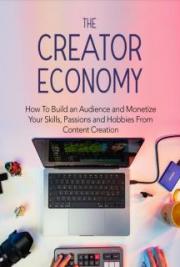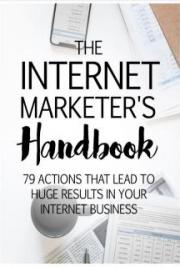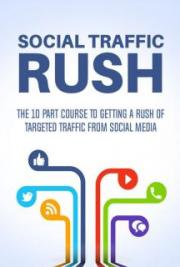U.S. Bankruptcy Court.
I am the public information officer at
the U.S. Supreme Court and the fifth person to hold the
position, which was created in 1935. The chief justice at the time realized that the court opinions were being reported inaccurately by the media, or not reported at all. To correct the problem, the Public Information Office was established to be the source for information about the court and a point of contact for reporters and the public. I serve as the court’s spokeswoman. My primary responsibilities are to educate the public about the history and function of the court, to release the court’s orders and opinions from my office at the same time that they are announced by the justices in the courtroom, and to facilitate accurate and informed media coverage.
The Supreme Court press corps is comprised of approximately 35 people from 18 news organizations who are assigned to
cover the court on a full-time basis. But for high-profile cases, more than 100 reporters might come to the court. The court provides a pressroom for reporters to use. Journalists who cover the court on a regular basis are given assigned spaces to work.
Portraits: Collection of the Supreme Court of the United States 22 The U.S. Supreme Court: Equal Justice Under the Law
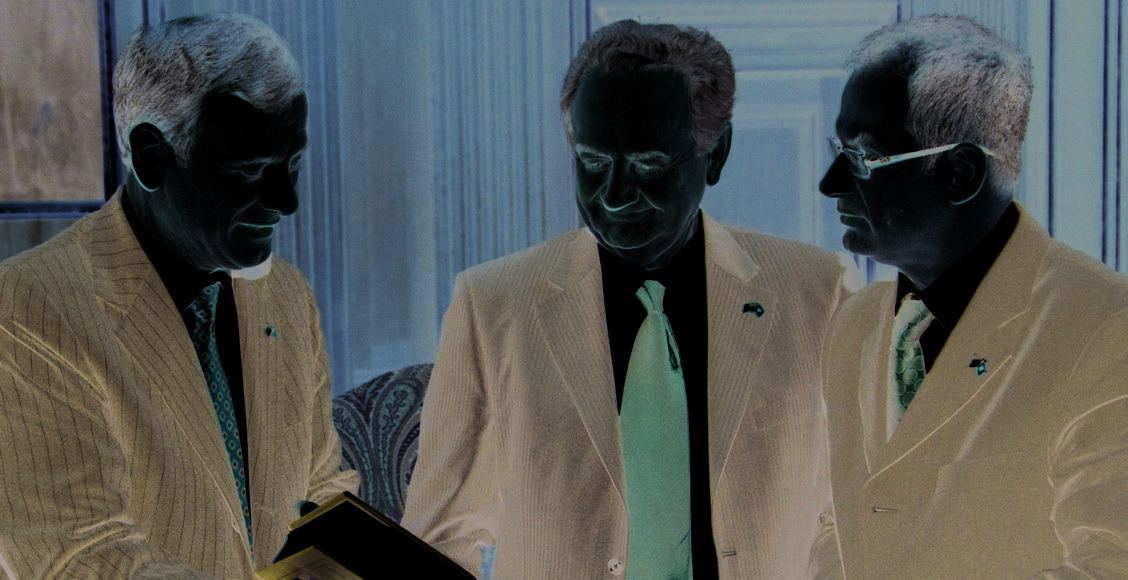
THE COURT AND THE WORLD
Judges Coming Together: International Exchanges and
the U.S. Judiciary
By Mira Gur-Arie
Mira Gur-Arie is director of the International Judicial Relations Office of the Federal Judicial Center, the education and research agency for the U.S. federal courts. She outlines programs available for judges from around the world to exchange information and support in their shared mission to uphold the rule of law.
The United States courts have experienced the impact of
well over 2,000 judges and lawyers from abroad. In
globalization in many ways. With increasing frequency,
2012, the Supreme Court of the United States received
litigation involves evidence located abroad, foreign law, and more than 800 visitors representing over 95 countries.
international treaties, putting judges in contact with legal Among these were justices from the supreme courts of
issues from around the world. This has, in turn, inspired in Morocco, Kosovo, and the Philippines.
U.S. judges a growing interest in the legal world outside their Judicial delegations from other countries do not visit only jurisdiction, with many American judges hosting visits from Washington. Federal courts all over the United States host foreign jurists and participating in conferences and technical visiting judges, providing an opportunity to observe trials, assistance projects abroad. These international exchanges are learn about courtroom technology and speak with their
much valued and mutually rewarding, enabling judges to
U.S. counterparts about the role of a judge in the United exchange insights about the challenges and rewards of a
States. More than 150 judges and court officials visited the judge’s role in preserving the rule of law.
Massachusetts District Court in 2012, including judges
The U.S. judiciary has much to share, with its long
from Romania, Brazil, and China; California’s Northern
history of independence, its developed jurisprudence,
District Court in San Francisco also hosts judges and court and its rich experience with administering a large and
officials from other countries, with more than 15 delegations diverse court system. Each year the United States hosts
visiting the court each year; six judges from Jordan were Chief Justice John Roberts talks with members of the Supreme Court of Albania delegation.
Collection of the Supreme Cour t of the United States among the visitors to Utah’s District Court in 2012. In some Visitors to the U.S. courts often
cases judges from other countries participate in extended professional exchanges as interns or “guest research judges.”
comment on the deep-rooted
The Massachusetts court has hosted judges from South Korea, China, and Turkey for such longer visits; these programs
tradition of judicial independence
enable the visiting judges to acquire a more in-depth
understanding of U.S. judicial practice, observe different in the United States and the many
phases of court proceedings, and learn about the legal
practical and physical advantages
research and judgment drafting process.
Despite the diversity of the countries represented, the questions this confers on a judge’s work.
that emerge during these exchanges resonate with a single theme: How can judges and judicial systems work more effectively?
as many of the terms of art that define legal systems (trial, Visiting judges want to know about judicial administration, appeal, plea bargain) may have different meanings.
strategies U.S. judges have employed to manage their caseloads efficiently, developing training for judges and court personnel, Visitors to the U.S. courts often comment on the deep-rooted and the U.S. experience with implementing and enforcing a tradition of judicial independence in the United States and judicial code of conduct.
the many practical and physical advantages this confers on a judge’s work. One significant advantage enjoyed by
During visits, foreign judges observe a broad range of
federal judges in the United States is their life tenure — a proceedings: case conferences, criminal case arraignments tenure protected from political caprice and unrest. The
and bail hearings, trials, oral arguments, and bankruptcy U.S. courts are also well resourced, with a number of new proceedings. Perhaps most importantly, visiting judges have courthouses, extensive automation, and administrative
the opportunity to speak one-on-one with U.S. judges.This agencies and staff that greatly facilitate a judge’s work.
judge-to-judge sharing of experience provides visitor and host alike useful insights about judging.
Some visiting judges spend time with representatives of the institutions that support the work of the U.S. judiciary. The COMMON BONDS
Judicial Conference of the United States is the policymaking body for the federal courts. Its Committee on International Certainly, both visitor and host are impressed with their Judicial Relations coordinates many of the judiciary’s
shared sense of role and mission, despite differences in their exchanges with other countries, identifying judges with
countries’ legal traditions, mechanisms of adjudication, and particular areas of expertise to participate in judicial devel-resources. Throughout the world, it is the judge’s responsibility opment projects and facilitating visits by foreign delegations to maintain the dignity of court proceedings and ensure that to U.S. courts across the country. These efforts are supported the rights of litigants are respected. Judges often discover that by staff from the Administrative Office of the U.S. Courts, the the great burden of this responsibility, and the often solitary agency responsible for the judiciary’s administrative, legal and avocation of judging, is a cross-cultural phenomenon — a
management affairs. Each year the Administrative Office hosts realization that enables an ease of communication with their foreign judges and court administrators in its Washington colleagues from other countries.
offices to discuss topics ranging from court automation and This openness enables these conversations to lead to
the budget process to media relations and court security.
candid exchanges about the benefits and disadvantages of
The Federal Judicial Center is the research and education different judicial systems. Judges visiting the United States agency for the U.S. federal courts. The Center’s imple-are keen to learn about the many unique features of the
menting legislation was amended in 1991 to include a
U.S. courts. Judges from countries without jury systems
mandate to “provide information to help improve the
have the opportunity to observe jury selection and the
administration of justice in foreign countries and to
trial process; they immediately note the difference between acquire information about the judicial systems of other
reality and Hollywood’s depictions, and they often admire nations that will improve the administration of justice in the relationship of mutual respect that develops between the the courts of the United States.”
jurors and the judge. Similarly, U.S. judges, deeply acculturated to the common law tradition, are often surprised to This statutory directive underscores the recognition that the learn about the duties and powers of an investigative judge U.S. judiciary’s engagement with its foreign counterparts is in civil law countries. They are also intrigued with the very a two-way street, offering an opportunity not only to share different orientation of court proceedings that rely more lessons learned in the United States but also to develop an on paper submissions by attorneys than the taking of oral understanding of how other nations structure their court
testimony in court. Such conversation and debate among
systems. The center’s Visiting Foreign Judicial Fellows program jurists may best be initiated by a discussion of vocabulary, provides an opportunity for foreign judges to pursue more focused research projects and spend time visiting courts and 24 The U.S. Supreme Court: Equal Justice Under the Law
25

meeting with U.S. judges. Recent fellows have included an Although offering a more formal setting, international confer-attorney from a Bulgarian nongovernmental organization
ences provide a valuable venue for judges from the United States working on judicial reform initiatives; a judge from Jordan to learn from and share with their foreign colleagues. These who worked on a paper about judicial independence; and a
conferences are sponsored by international and nongovernmental research judge from the Constitutional Court of Korea who organizations as well as private institutions and universities.
studied the case selection and conference methods of the U.S.
The International Association of Judges is an association of Supreme Court.
national judicial organizations from countries throughout the world. Its annual meetings focus on the status of the judiciary, PROFESSIONAL EXCHANGES
law and procedure, and other issues of interest to judges.
A number of organizations and institutions in the United States facilitate transnational judicial exchanges. The Open World The International Organization for Judicial Training (IOJT) Program, funded by the U.S. Congress, was created with the was established in 2002 in order to promote the rule of law by broad mission of furthering “cooperation between the United supporting the work of judicial education institutions around States and the countries of Eurasia and the Baltic States” by the world. IOJT convenes biannual conferences that provide facilitating professional exchanges focusing on democratic and a forum for judges and judicial educators to discuss modern accountable government. Since its inception in 1999, Open teaching methods, distance education technologies and strategies World’s rule of law program has brought to the United States for improving the capacity of their judicial training institutes.
more than 12,000 judges and court professionals from Russia, The Brandeis Institute for International Judges also serves a more Ukraine, Lithuania, and Uzbekistan for week-long visits to discrete aspect of international judicial cooperation, providing a U.S. courts across the country.
forum for judges serving on international courts and tribunals to share experiences and discuss best practices.
Perhaps most active in supporting the U.S. judiciary’s work with other nations is the U.S. State Department. Judges from These judicial exchanges are valued for many reasons.
the United States travel to countries including Peru, Austria, Global interdependence can be felt in virtually every facet of Cambodia, Burkina Faso and Tunisia. The U.S. Department of modern life, and the work of the judiciary is no exception.
Justice also works closely with U.S. judges as part of its interna-This phenomenon is evidenced by the growing numbers of
tional technical assistance efforts, sending U.S. judges to Georgia, cross-border disputes, as well as by greatly increased access Nepal, and the United Arab Emirates, among other countries, and to information, images, and legal decisions from judiciaries bringing delegations from abroad to the United States.
around the world.
Similarly, the U.S. Agency for International Development
The opportunity to meet with and learn from judges who
integrates judicial development projects and exchanges as have experienced different educational systems, appointment part of its Democracy and Governance projects. The reach
processes, and practical challenges is invaluable. Judges are and breadth of these efforts illustrate not only the deep given the opportunity to see the mechanics of justice through commitment of the United States to facilitating international fresh eyes and revisit their own professional procedures and judicial exchanges, but the strong interest of judges in working practices with a new perspective. Differences in language and with their colleagues around the world.
tradition are no bar to appreciating each other’s common sense of purpose — the commitment to justice and upholding the
public’s trust. 1
The opinions expressed in this article do not necessarily reflect the views or policies of the U.S. government.
The U.S. State Department and the U.S. Agency for International Development (USAID) have judicial exchange programs. In Colombia USAID installed virtual courtrooms which allow justice to reach remote areas of the country. ©USAID
24
The Court and the World
25
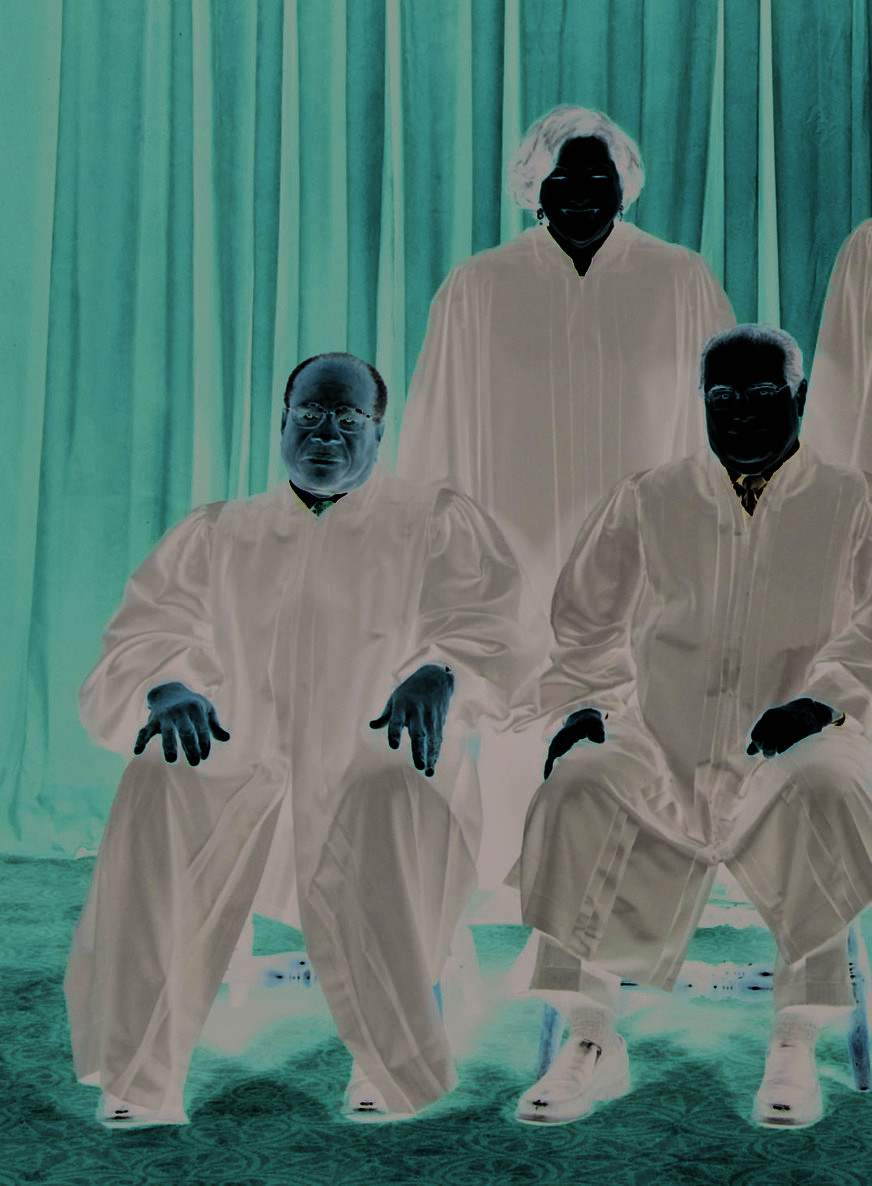
26 The U.S. Supreme Court: Equal Justice Under the Law
27

THE JUDGES
The Justices of the U.S. Supreme Court
The official portrait of the nine U.S. Supreme Court Justices. Seated, from left: Associate Justices Clarence Thomas, Antonin Scalia, Chief Justice John G. Roberts Jr., Associate Justices Anthony Kennedy, Ruth Bader Ginsberg. Standing from left: Associate Justices Sonia Sotomayor, Stephen G. Breyer, Samuel A. Alito Jr. and Elena Kagan. Collection of the Supreme Court of the United States 26
The Judges
27
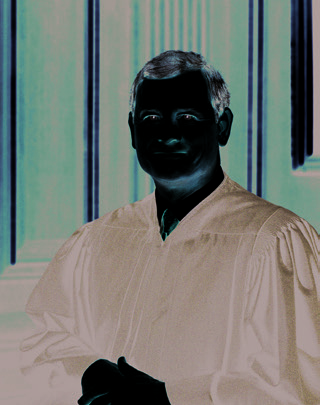
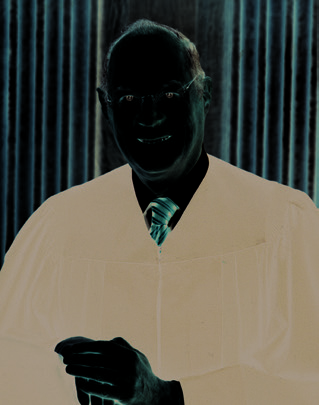
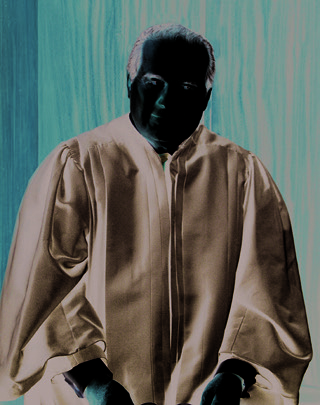
John G. Roberts Jr., chief justice of
Antonin Scalia, associate justice,
Anthony M. Kennedy, associate
the United States, was born in Buffalo,
was born in Trenton, New Jersey,
justice, was born in Sacramento,
New York, January 27, 1955. He
March 11, 1936. He married Maureen
California, July 23, 1936. He married
married Jane Marie Sullivan in 1996,
McCarthy and has nine children: Ann
Mary Davis and has three children.
and they have two children, Josephine
Forrest, Eugene, John Francis, Catherine
He received a bachelor’s degree from
and John. He received a bachelor’s
Elisabeth, Mary Clare, Paul David,
Stanford University and the London
degree from Harvard College in 1976
Matthew, Christopher James, and
School of Economics, and his law
and a law degree from Harvard Law
Margaret Jane. He received a bachelor’s
degree from Harvard Law School. He
School in 1979. He served as a law clerk
degree from Georgetown University and
was in private practice in San Francisco,
for Judge Henry J. Friendly of the U.S.
the University of Fribourg, Switzerland,
California, from 1961 to 1963 as well
Court of Appeals for the Second Circuit
and a law degree from Harvard Law
as in Sacramento, California, from
from 1979 to 1980 and as a law clerk
School, and was a Sheldon Fellow of
1963 to 1975. From 1965 to 1988,
for then–Associate Justice William H.
Harvard University from 1960 to 1961.
he was a professor of constitutional
Rehnquist of the Supreme Court of the
He was in private practice in Cleveland,
law at the McGeorge School of Law,
United States during the 1980 term.
Ohio, from 1961 to 1967, a professor
University of the Pacific. He has
He was special assistant to the attorney
of law at the University of Virginia from
served in numerous positions during
general, U.S. Department of Justice,
1967 to 1971, a professor of law at the
his career, including a member of the
1981 to 1982; associate counsel to
University of Chicago from 1977 to
California Army National Guard in
President Ronald Reagan, White House
1982 and a visiting professor of law at
1961, the board of the Federal Judicial
Counsel’s Office, 1982 to 1986; and
Georgetown University and Stanford
Center from 1987 to 1988, and two
principal deputy solicitor general, U.S.
University. He was chairman of the
committees of the Judicial Conference
Department of Justice, 1989 to 1993.
American Bar Association’s Section of
of the United States: the Advisory Panel
From 1986 to 1989 and 1993 to 2003,
Administrative Law 1981 to 1982 and
on Financial Disclosure Reports and
he practiced law in Washington. He was
its Conference of Section Chairmen
Judicial Activities, subsequently renamed
appointed to the U.S. Court of Appeals
1982 to 1983. He served the federal
the Advisory Committee on Codes of
for the District of Columbia Circuit
government as General Counsel of the
Conduct, from 1979 to 1987, and the
in 2003. President George W. Bush
Office of Telecommunications Policy
Committee on Pacific Territories from
nominated him as chief justice of the
from 1971 to 1972, chairman of the
1979 to 1990, which he chaired from
United States, and he took his seat on
Administrative Conference of the United
1982 to 1990. He was appointed to the
September 29, 2005.
States from 1972 to 1974, and assistant
U.S. Court of Appeals for the Ninth
attorney general for the Office of Legal
Circuit in 1975. President Ronald
Counsel from 1974 to 1977. He was
Reagan nominated him as an associate
appointed judge of the U.S. Court of
justice of the Supreme Court, and he
Appeals for the District of Columbia
took his seat February 18, 1988.
Circuit in 1982. President Ronald
Reagan nominated him as an associate
justice of the Supreme Court, and he
took his seat September 26, 1986.
28 The U.S. Supreme Court: Equal Justice Under the Law
29
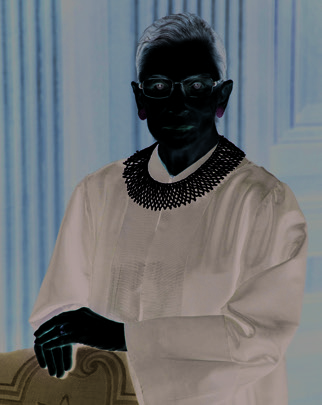
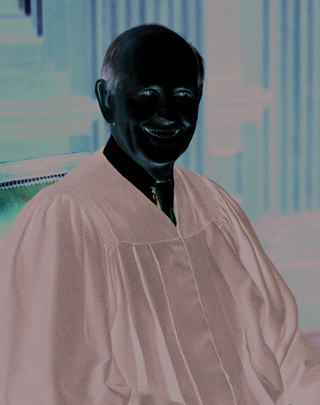
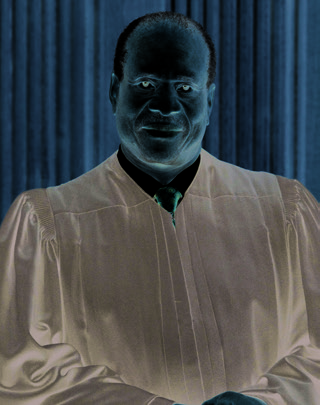
Clarence Thomas, associate justice,
Ruth Bader Ginsburg, associate
Stephen G. Breyer, associate justice,
was born in the Pin Point community
justice, was born in Brooklyn, New
was born in San Francisco, California,
of Georgia near Savannah June 23,
York, March 15, 1933. She married
August 15, 1938. He married Joanna
1948. He married Virginia Lamp in
Martin D. Ginsburg in 1954, and has
Hare in 1967, and has three children:
1987 and has one child, Jamal Adeen,
a daughter, Jane, and a son, James.
Chloe, Nell and Michael. He received
by a previous marriage. He attended
She received a bachelor’s degree from
a bachelor’s degree from Stanford
Conception Seminary and received
Cornell University, attended Harvard
University, a bachelor’s degree from
a bachelor’s degree, cum laude, from
Law School, and received a law degree
Magdalen College, Oxford, and a law
Holy Cross College and a law degree
from Columbia Law School. She served
degree from Harvard Law School. He
from Yale Law School in 1974. He was
as a law clerk to Edmund L. Palmieri,
served as a law clerk to Justice Arthur
admitted to law practice in Missouri
judge of the U.S. District Court for the
Goldberg of the Supreme Court of the
in 1974, and served as an assistant
Southern District of New York, from
United States during the 1964 term, as
attorney general of Missouri from 1974
1959 to 1961. From 1961 to 1963,
a special assistant to the assistant U.S.
to 1977, an attorney with the Monsanto
she was a research associate and then
attorney general for antitrust, 1965 to
Company from 1977 to 1979, and legis-
associate director of the Columbia
1967, as an assistant special prosecutor of
lative assistant to Senator John Danforth
Law School Project on International
the Watergate Special Prosecution Force,
from 1979 to 1981. From 1981 to 1982,
Procedure. She was a professor of law
1973, as special counsel of the U.S. Senate
he served as assistant secretary for civil
at Rutgers University School of Law
Judiciary Committee, 1974 to 1975, and
rights, U.S. Department of Education,
from 1963 to 1972 and Columbia Law
as chief counsel of the committee, 1979
and as chairman of the U.S. Equal
School from 1972 to 1980, and a fellow
to 1980. He was an assistant professor,
Employment Opportunity Commission
at the Center for Advanced Study in
professor of law, and lecturer at Harvard
from 1982 to 1990. He became a judge
the Behavioral Sciences in Stanford,
Law School, 1967 to 1994, a professor at
of the U.S. Court of Appeals for the
California, from 1977 to 1978. In 1971,
the Harvard University Kennedy School
District of Columbia Circuit in 1990.
she was instrumental in launching the
of Government, 1977 to 1980, and a
President George H.W. Bush nominated
Women’s Rights Project of the American
visiting professor at the College of Law,
him as an associate justice of the
Civil Liberties Union, and she served as
Sydney, Australia, and at the University of
Supreme Court, and he took his seat
the ACLU’s general counsel from 1973
Rome. From 1980 to 1990, he served as a
October 23, 1991.
to 1980, and on the National Board of
judge of the U.S. Court of Appeals for the
Directors from 1974 to 1980. She was
First Circuit, and as its chief judge, 1990
appointed a judge of the U.S. Court of
to 1994. He also served as a member of
Appeals for the District of Columbia
the Judicial Conference of the United
Circuit in 1980. President Bill Clinton
States, 1990 to 1994, and of the U.S.
nominated her as an associate justice of
Sentencing Commission, 1985 to 1989.
the Supreme Court, and she took her
President Bill Clinton nominated him as
seat August 10, 1993.
an associate justice of the Supreme Court,
and he took his seat August 3, 1994.
Portraits: Collection of the Supreme Court of the United States 28
The Judges
29
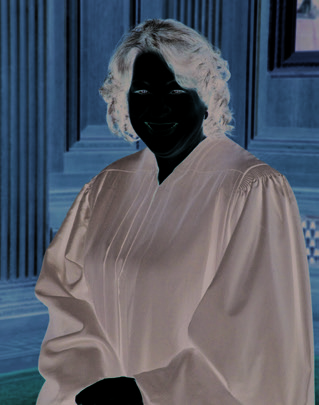
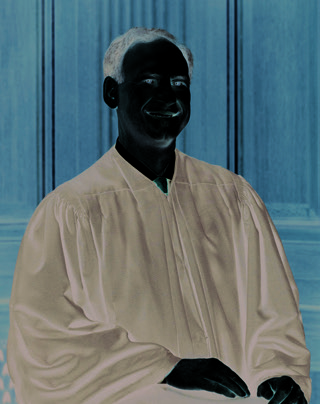
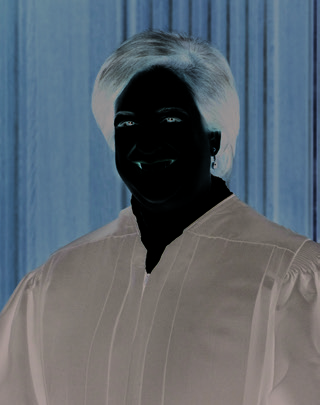
Samuel Anthony Alito Jr., associate
Sonia Sotomayor, associate justice,
Elena Kagan, associate justice,
justice, was born in Trenton, New Jersey,
was born in Bronx, New York, on June
was born in New York on April 28,
April 1, 1950. He married Martha-Ann
25, 1954. She earned a bachelor’s degree
1960. She received a bachelor’s degree,
Bomgardner in 1985, and has two
in 1976 from Princeton University,
summa cum laude, in 1981 from
children: Philip and Laura. Educated
graduating summa cum laude and
Princeton University. She attended
at Princeton University and Yale Law
receiving the university’s highest
Worcester College, Oxford University, as
School, he served as a law clerk for
academic honor. In 1979 she ear

















